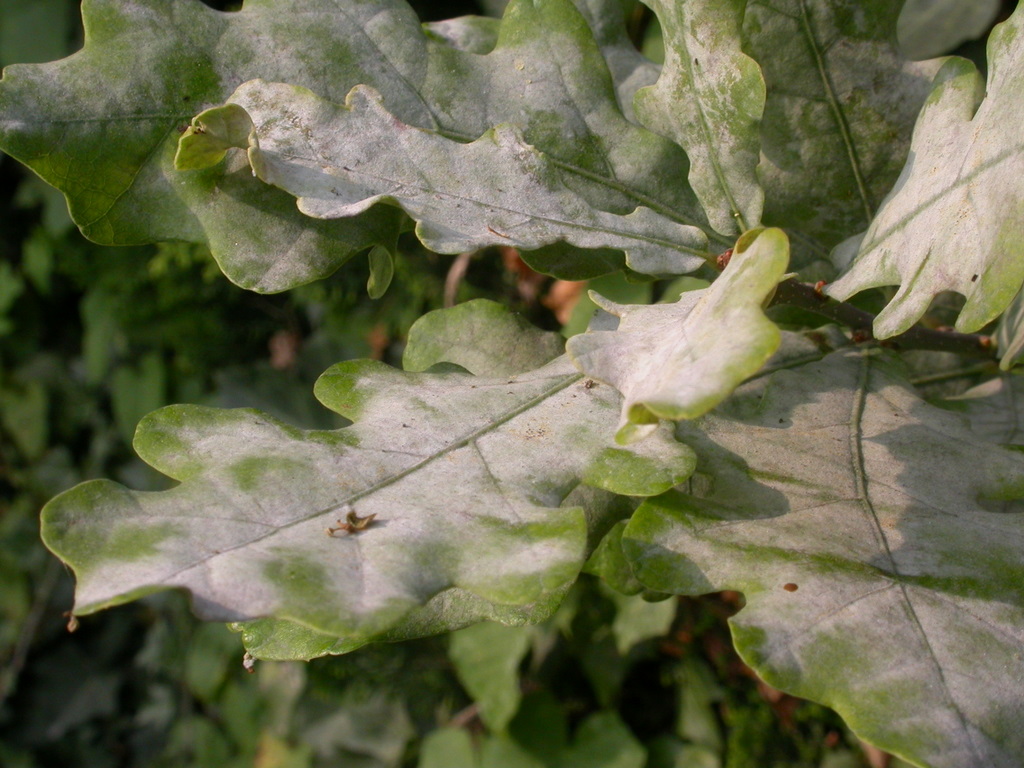
Powdery mildew or white disease
Prevention and treatment
Contents
Powdery mildew, often referred to as white disease, is a condition caused by microscopic fungi. Powdery mildew is very common in gardens and can affect several plant families including roses, certain perennials such as asters, and food crops like grapes, courgettes, cucumbers, artichokes, and tomatoes. But how can you treat powdery mildew?
Discover our tips to prevent this disease and our treatment advice against powdery mildew.
Symptoms of powdery mildew
Powdery mildew is characterised by a greyish-white fluff, with a farinose appearance that covers the leaves, new shoots, and flower buds. In cases of severe infestation, young leaves, tender stems, and even affected buds become deformed.
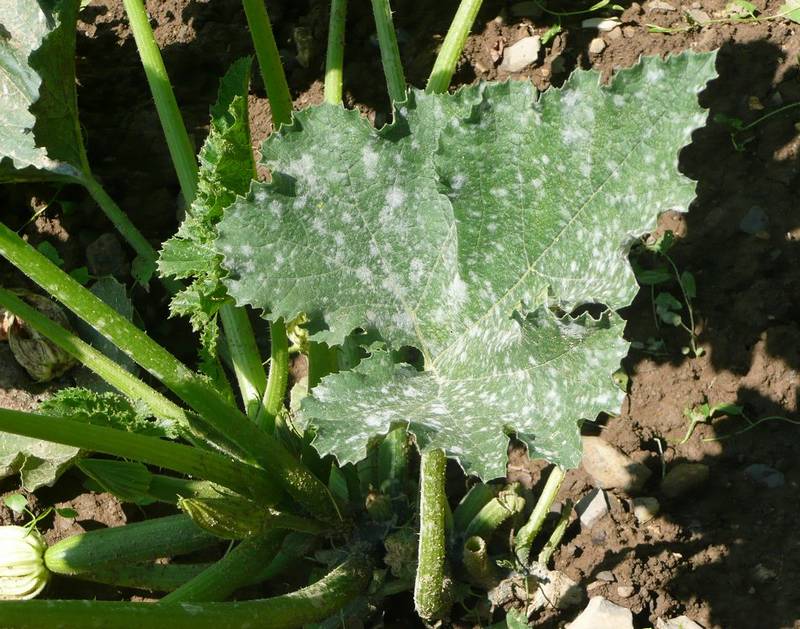
Zucchini plant affected by powdery mildew (Photo by Cristina Sanvito on Flickr)
On ornamental plants, the issue is primarily aesthetic and does not harm the plant’s life. Therefore, it is not obligatory to apply a treatment for powdery mildew.
In contrast, on vegetable and fruit plants, the quality of the fruits and vegetables can sometimes be severely affected. In these cases, treating powdery mildew appears to be the only solution to save the harvest if it appears too early in the season.
In ornamental gardens, powdery mildew can appear as early as mid-spring, but in the vegetable garden, it is a disease that tends to occur later in the season when the crops are on the decline. Thus, it is often not necessary to treat powdery mildew at the end of the harvest season.
Powdery mildew is favoured in confined environments, with warm and rather dry air.
Read also
Diseases of rosesTreatments for powdery mildew
If powdery mildew makes an appearance in your garden, you have several treatment options available that are permitted in organic farming:
-
Sulphur-based fungicide
Sulphur is a simple chemical element with well-known fungicidal properties. It is particularly effective for treating spring powdery mildew when temperatures are between 18 and 25 °C. Beyond this range, there is a risk of burning the plant. Sulphur can be irritating, so be sure to wear a mask and gloves when using it.
Sulphur is available commercially in flower form and as wettable sulphur.
– Flower sulphur is used for dusting as a preventive treatment for powdery mildew on dry foliage. The dosage is 20 g of powder for 10 m2 of garden.
– Wettable sulphur is used for spraying after being mixed with water. As both a curative and preventive treatment, it is effective against many diseases, including powdery mildew. The dosage is 7.5 g of powder diluted in 1 litre of water for general plants: vegetables, fruit plants, and roses. However, for vines, the dosage is 12.5 g for curative treatment of powdery mildew.
Finally, sulphur has a negative impact on garden wildlife, so use it judiciously.
-
Baking soda
Well-known for domestic use, baking soda has an alkaline pH that allows it to inhibit the development of fungi. In fact, at very low doses, it is effective against all types of powdery mildew (cucumber, squash, beans, etc.).
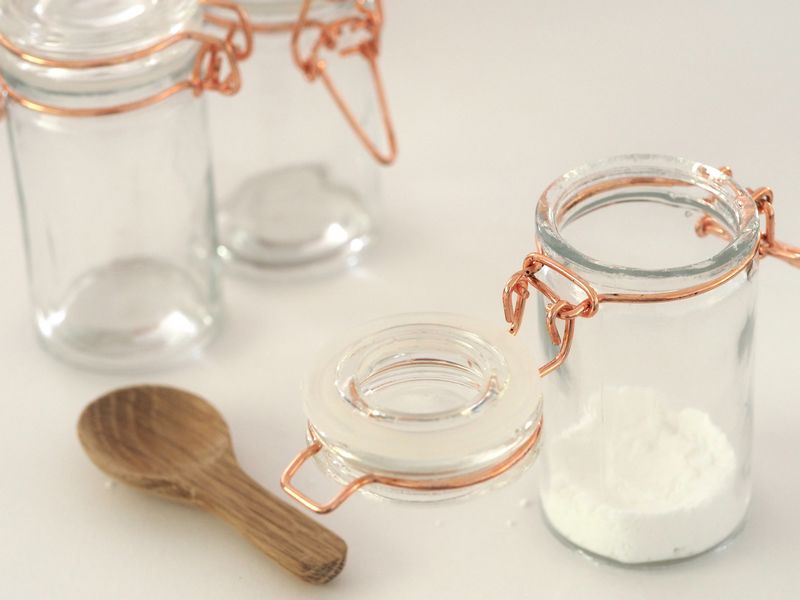
Here is the recipe extracted from the book “Diseases and Pests in Organic Vegetable Gardens” published by “Terre vivante”, to prepare 5 litres of baking soda fungicide:
– Start by mixing in a container 5 teaspoons of baking soda with 3 tablespoons of black soap, which helps improve the adherence of the solution to the plants.
– Add a little warm water while whisking to obtain a well-homogeneous solution.
– Pour the preparation into a sprayer and top up with the remaining water.
Do not wait! Spray as soon as the first symptoms of powdery mildew appear, preferably in the evening. This treatment should be repeated once a week during the period favourable to powdery mildew.
Finally, do not exceed the dosage to avoid burning the foliage.
-
Skimmed cow’s milk, more effective than sulphur against powdery mildew
Cow’s milk is rich in microorganisms that help combat all forms of powdery mildew and stimulate plant resistance. You can use it even if it is expired. Prefer milk that is low in fat, such as skimmed milk, to prevent the fat from decomposing on the plants. This treatment against powdery mildew is certainly unconventional, but effective.
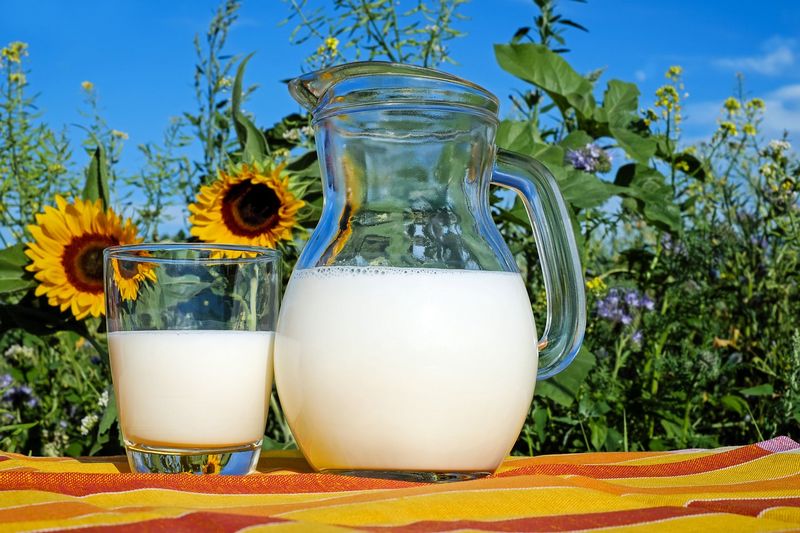
Prepare your solution with 1 volume of milk to 1 volume of water for the most affected plants. That said, a ratio of 1 volume of milk to 10 volumes of water is already very effective.
Spray 1 or 2 times a week.
-
Garlic oil maceration
Easy to prepare, this mixture is insecticidal, insect-repelling, and fungicidal, effective in treating powdery mildew.
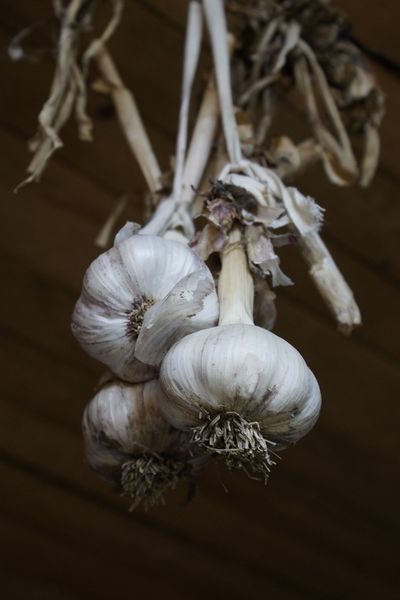
The recipe, extracted from the book “Diseases and Pests in Organic Vegetable Gardens”, is simple:
– Crush 100 g of garlic with its skin in a mortar. Simply cover with sunflower or rapeseed oil and let it macerate covered for 24 hours.
– Strain through a fine sieve, then crush the pulp well with the back of a teaspoon to extract the maximum active ingredients.
– Add a teaspoon of liquid black soap, whisk, and then pour in 1 litre of water.
Store the preparation in a cool place and away from light for about 3 weeks.
Spray this diluted macerate at 5% which is 50 ml of macerate for 1 litre of water. Spray in the evening and renew regularly.
Discover other Squashes
View all →Available in 1 sizes
Available in 1 sizes
Available in 1 sizes
Available in 1 sizes
Available in 1 sizes
Available in 1 sizes
Available in 1 sizes
Available in 1 sizes
Available in 1 sizes
Available in 1 sizes
Preventing the appearance of powdery mildew
Be aware that you can protect your garden from the appearance of powdery mildew by following these preventive tips:
- In general: prune, space your plants, and ventilate. This is the best way to keep powdery mildew at bay!
- Avoid excess nitrogen fertilisers that make plants more susceptible to disease.
- Cut back contaminated stems in spring and summer.
- Collect affected plants, dead leaves, and burn them to prevent the winter preservation of the fungus.
- Water and feed the plants well.
- Mulch to prevent soil dryness.
- Choose less sensitive varieties whenever possible.
- Decoctions and fermented extracts (or manures) help gardeners protect against many pests and diseases. Specifically, horsetail decoction is particularly recommended for the prevention of powdery mildew.
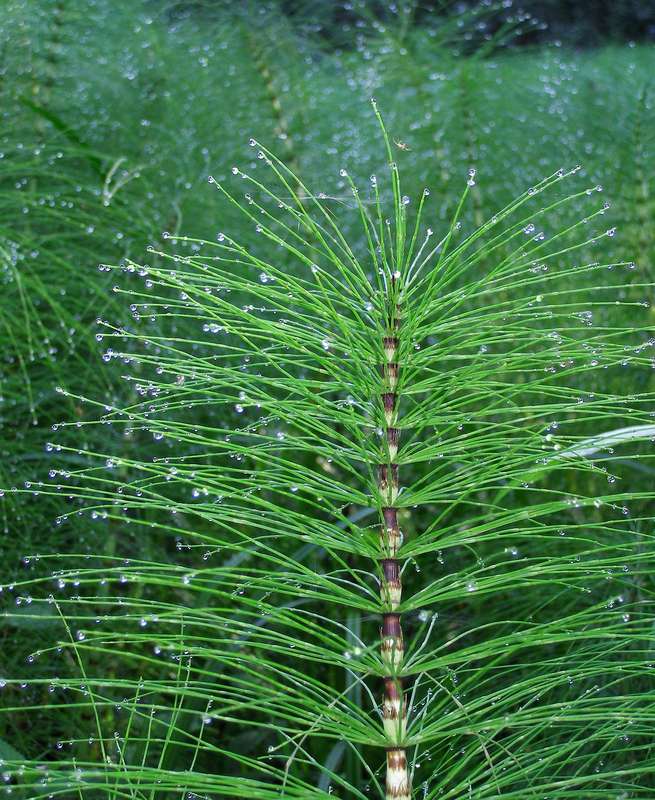
To make 5 litres of horsetail decoction, you will need:
– 500 g of dried horsetail
– 5 litres of rainwater
Boil the horsetail in the water for 1 hour, then let it steep overnight. Finally, spray the diluted decoction at 20%, which means 1 litre of pure decoction for 4 litres of rainwater in a 5-litre sprayer.
You can also make horsetail manure to strengthen the plants’ immunity:
– 200 g of dried horsetail
– 10 litres of rainwater
Spray your diluted fermented extract at 5%, which means 0.5 litres of pure manure mixed with water in a 10-litre watering can. Water preventively at the base of plants prone to powdery mildew.
- Subscribe!
- Contents































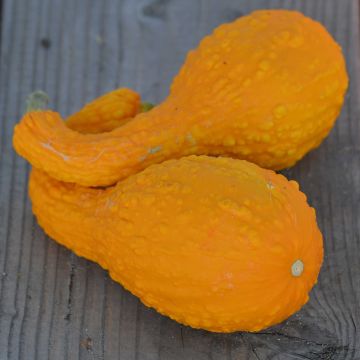
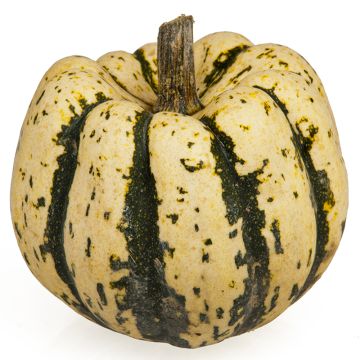
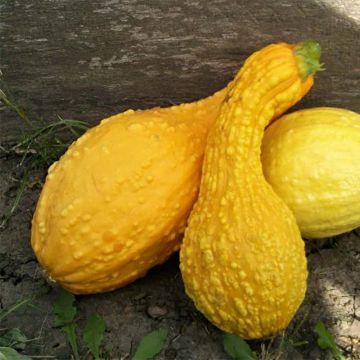
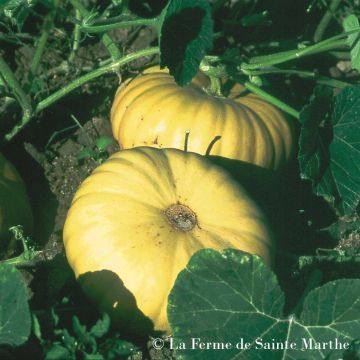
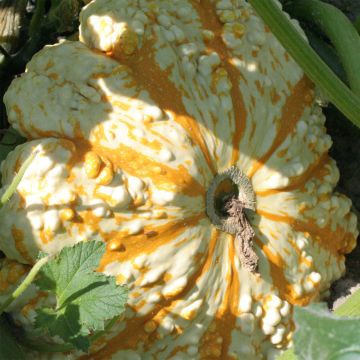
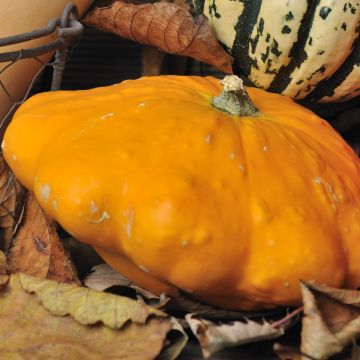
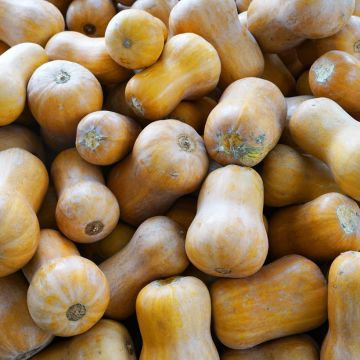
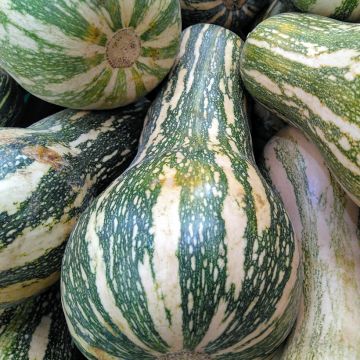
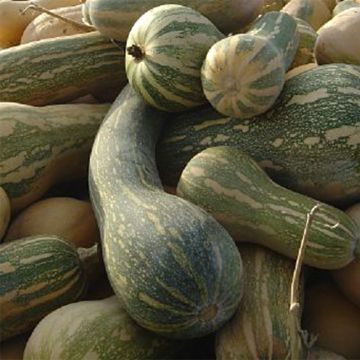

Comments